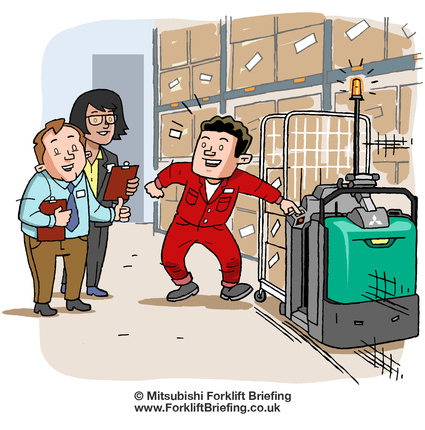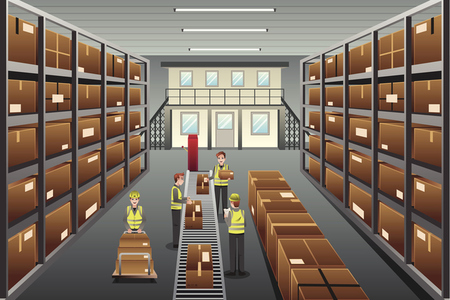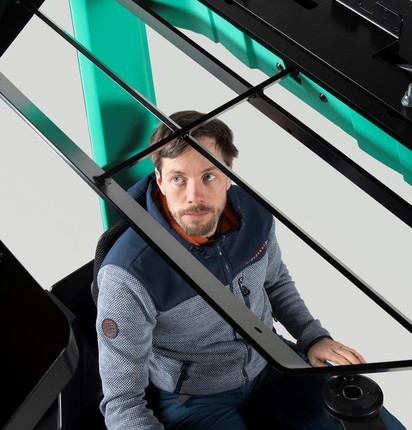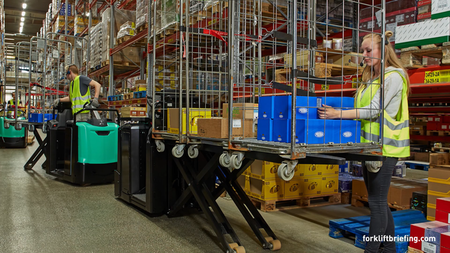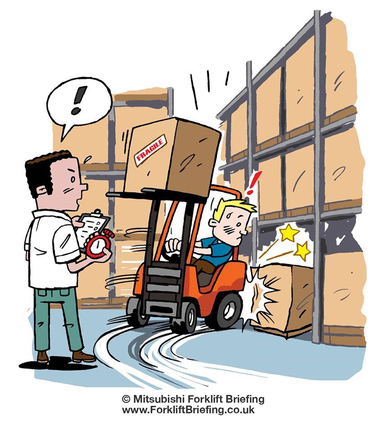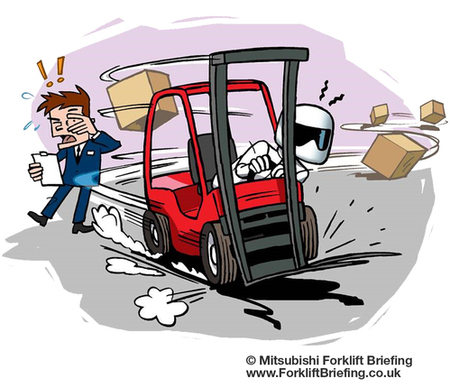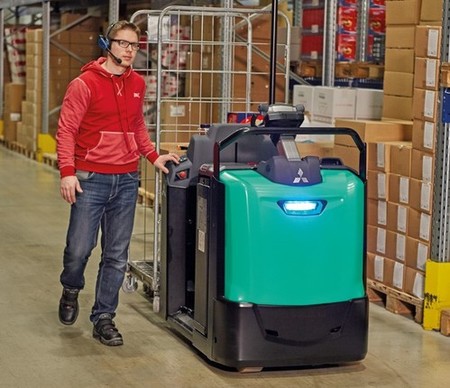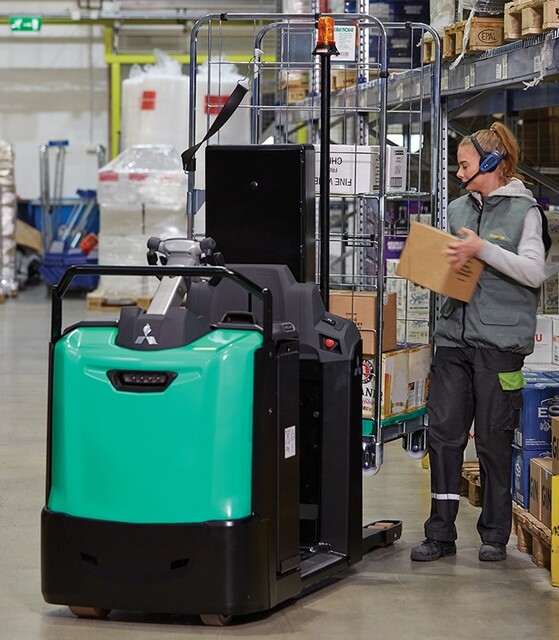
Low level orderpicker
Time to add modern technology in your orderpicking operation?
Today, orderpicking is probably the most intense activity in the warehouse. From a financial point of view, research indicates this activity, when badly planned, can account for more than 60% of the whole operating costs. Making sure the picking becomes more efficient, can mean the difference between a competitive company and a struggling one. Technology can help you moving in the right direction.
State-of-the-art
Manual picking options and strategies can be enhanced with the addition of several modern technologies. Here are a few options to consider:
Voice picking
Voice picking is based on computer terminals fitted with voice synthesisers and voice recognition systems. Instructions are given and confirmations received through oral communication. Operators (walking or on trucks) carry terminals with a headset and a microphone, so they can keep their hands free. The instructions are coming from your WMS, ERP or dedicated picking software. Benefits include faster processes, less errors and even less training time, which is great with temporary staff. For the operators, the work becomes easier and more ergonomic, thus reducing fatigue.
Pick-to-light
This automated picking system requires the installation of pick-to-light LEDs and barcode scanners on racks and shelves throughout the warehouse. Once a picker scans a barcode attached to a shipping carton (that holds the contents for a single order), the LEDs for SKUs listed in the order begin to glow. Workers follow these lights to retrieve product on their pick list.
RFID picking
RFID or "Radio Frequency Identification Technology" is the successor to the barcode and makes it possible to exchange information faster by using radio waves. The system uses RFID tags. These are small radio transceivers: when they receive a certain signal, they respond with another signal. These tags contain product information that can be read throughout the supply chain. Benefits of this system are, for example, quicker identification and location of goods, greater accuracy and better traceability. However, compared to barcodes, RFID technology requires a higher investment.
Mobile scanner-based picking / pick-to-cart
For mobile scanner-based picking to work, all items in the warehouse facility must have unique barcodes. Operators are equipped with mobile scanners that display pick lists as well as the location of each product on the list. Pickers scan each item as they are picked — if they scan items not on the pick list, the mobile scanner notifies them of the error. This error-detection feature helps improve picking accuracy. Optimized picking routes and dedicated warehouse trucks help to increase efficiency.
Modern tools need practical planning as well
Nevertheless, just adding the technology may not be enough. It has to be combined with other process optimizations and the proper equipment. The reason for this optimisation is that the low-level order picking process remains one of the most resource-intensive processes. Order picking basically consists of endless repetitions of small actions plus travel time. Any small improvement can make a huge difference at the end of the day.
For example, a few years ago, the Dutch intralogistics news platform LogisticsInside tested identical order pickers with and without a tiny, yet smart feature: a walk-along button, which eliminates the need for getting back into the truck after picking an item. They designed a simple course with several pallet positions to pick from and recorded the activity with a chronometer. The result was a staggering time saving of 10 to 20%! Other time-winning features are a lower step height or the unobstructed walk-through design of a truck. Obviously, these savings also depend on clever routings and a smart warehouse layout. It all goes hand in hand.
- Action points
- Make sure you use the best warehouse equipment when picking orders. If you are not sure, have your supplier carry out a model check-up.
- Visit trade shows to talk with suppliers of modern picking technologies. Then visit their reference projects to find out results from the real world. Or ask your local forklift dealer.
- Talk to your forklift dealer for advise on how to organize the orderpicking process in the best possible way for your products and order profiles.
